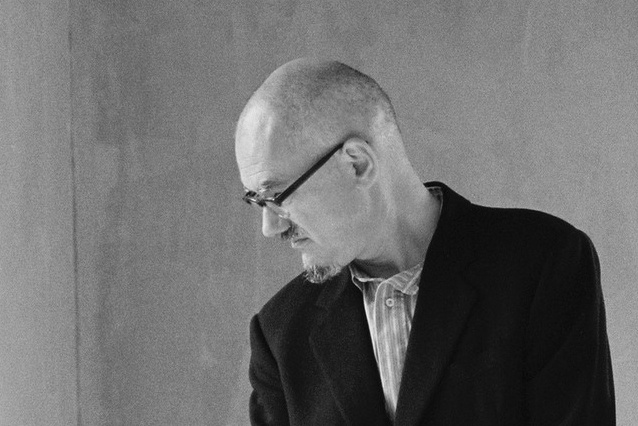Peter Wilson Aff RAIA and 2013 Australian Institute of Architects Gold Medallist, shares his experience on International Awards Jury.
The jury process was as international as the submissions for the international Awards.
By necessity submitted material was circulated digitally for pre selection. This from my experience simulates closely the procedure for spatially focused juries where, in a first round judges circulate silently, depositing post-it stickers on schemes they consider worth discussing further. Here the submissions must speak for themselves, without an advocate or the possibility of one or the other jury member verbally influencing co-jurors. With one judge in Hong Kong, one in Singapore and one in Germany our International pre-selection achieved a remarkable short list consensus.
Obviously there is an issue of media here, the quality of photographs submitted and the story told by their sequencing. In the age of Photoshop and the bling of spectacular renderings, it is in the case of completed projects up to the photographer to dazzle with seductive imagery. The cult of blogs and iPad compatible office home pages has rendered us all addicts and victims of the calendar-shot-photo which pretends to say all there is to be said about the complex spatiality and conceptual structuring of buildings.
In Germany where I operate many competitions now, as a reaction to Photoshop Orgies, only allow one rendering per entry; any further eye candy is masked by a sheet of white paper for the duration of the jury sitting. Such draconian methods imply that judges lack the visual sophistication to distinguish between media and content (which often is the case).
What are we looking for with Australian International awards, not the calendar -in your face – photo, and there were submissions which knocked one off ones seat with spectacular opening images and then told a different story of dark Freudian undersides in the follow up.
In the best of all possible worlds an award is a signal, a signpost to emerging architects – hear I must confess that I did at the outset send a ‘bling-sceptical-message’ to the other judges. In this sense the Small Project Award for a highly sustainable Rainforest Shelter must be singled out as exemplary. It is not a product of big bucks overseas work, more a responsible, sensitive signpost and yardstick. With more of these Rem Koolhaas would no longer be able to say as he outrageously did a few years ago that Australian architects are responsible for some of the worst buildings in Asia.
In Europe, where competitions are the principle procurement method, there is a trick often perpetuated by the jury chairman – once the list has been narrowed down to finalists the models (a white 1:500 model is always required to insert in a big context model) the chairperson lines up in his/her preferred sequence of the five or six finalist models and says ‘lets do a test vote on this’ – knowing that such voting according to European Competition Rules is binding and irreversible other jurors leap in attempting a quick reshuffle. This scuffle moment is not possible with telephone or skype juries. It was though once or twice necessary for deciding the current International Awards for me as chairman to break a deadlock by changing my vote.
My experience as international jury chairman last year hit a surreal high – a Velodrome competition in Medellin in Columbia. The jury was in Spanish – and proved that it is not necessary for a jury to speak the same language to achieve consensus – with a few thumbs-up we premiated a truly spectacular project that is now under construction as part of an impressive program of public buildings and spaces that have transformed and tamed Medellin, not long ago the worlds most dangerous city.
The scan potential of the jurying process is horizon expanding, I have in recent years found myself in Estonian Tallinn choosing a new City Hall, in Slovenian Maribor debating a Cultural Centre or in Albanian Tirana choosing between MDRDV or Valerio Olgiati. While these Australian international awards offered a deep insight into corners of Asia and China I must confess to feeling more culturally at home with the Stonehenge Visitors Centre submission. The enigmatic Salisbury Plain and its palimpsest of interpretations (which include V.S.Naipaul’s ‘the Enigma of Arrival’ a profound analysis of the post-colonial condition) has now been inscribed with an Australian overlay that is more than worthy of its prominent position on the world stage.

